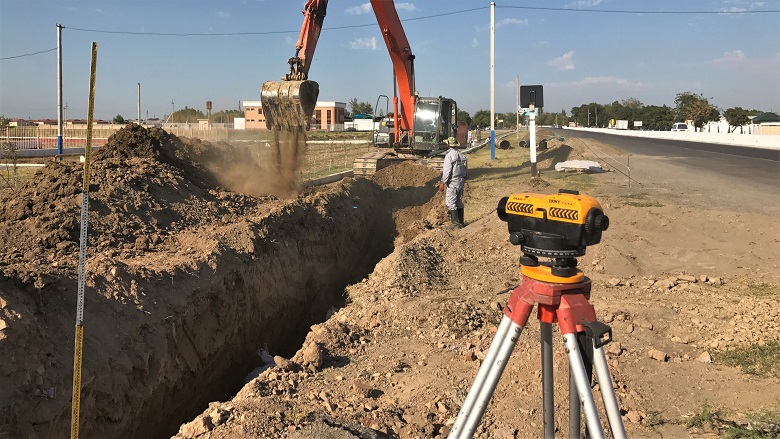Eskom, South Africa's struggling state power firm, made a surprise 1.3 billion rand ($88.39m) profit from April to end of September, roughly double the amount it made in the same period last year, thanks to higher tariffs.
The company's financial performance is typically stronger in the first half (April-September) of the year, as it sells more electricity during South Africa's winter season and does less maintenance.
South Africa's energy regulator had also granted Eskom a more than 13 percent average tariff increase from April.
Nonetheless, many analysts had expected Eskom to record a loss in the first half.
Eskom Chairman Jabu Mabuza told a news conference that the firm still expected to make a loss of roughly 20 billion rand ($1.4bn) for the full year that ends in March 2020, similar to the previous year's loss.
Eskom produces more than 90 percent of South Africa's power but does not generate enough cash to meet its debt-service costs and is reliant on government bailouts to stay solvent. Fixing Eskom is one of the biggest challenges faced by President Cyril Ramaphosa.
Eskom's finances are hobbled by its massive 454 billion rand ($30.8bn) debt burden, racked up partly to pay for two mammoth coal-fired power stations, Medupi and Kusile.
The company also argues its financial position has been severely damaged by years of low tariff awards which have not allowed it to recover its costs.
The government has promised to give Eskom a 59 billion rand ($3.9bn) cash injection over the current and next financial years, in addition to 230 billion rand ($15.6bn) of bailouts spread over the next decade.
But analysts say even those bailouts will not be enough to make Eskom sustainable in the long term. Officials and bankers are working on other options like swapping Eskom debt for government bonds or moving its debt to a government-owned special purpose vehicle.
The plan is also to split Eskom into different entities for generation, distribution, and transmission to make it more efficient.
SOURCE: Reuters news agency



